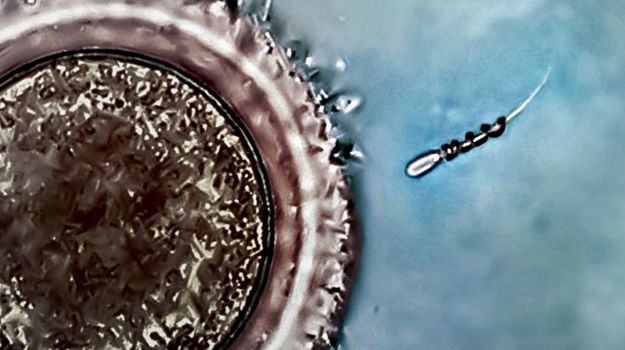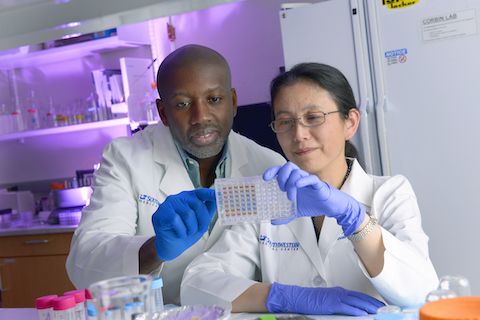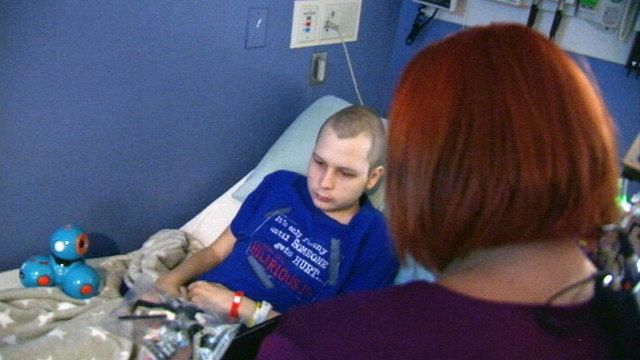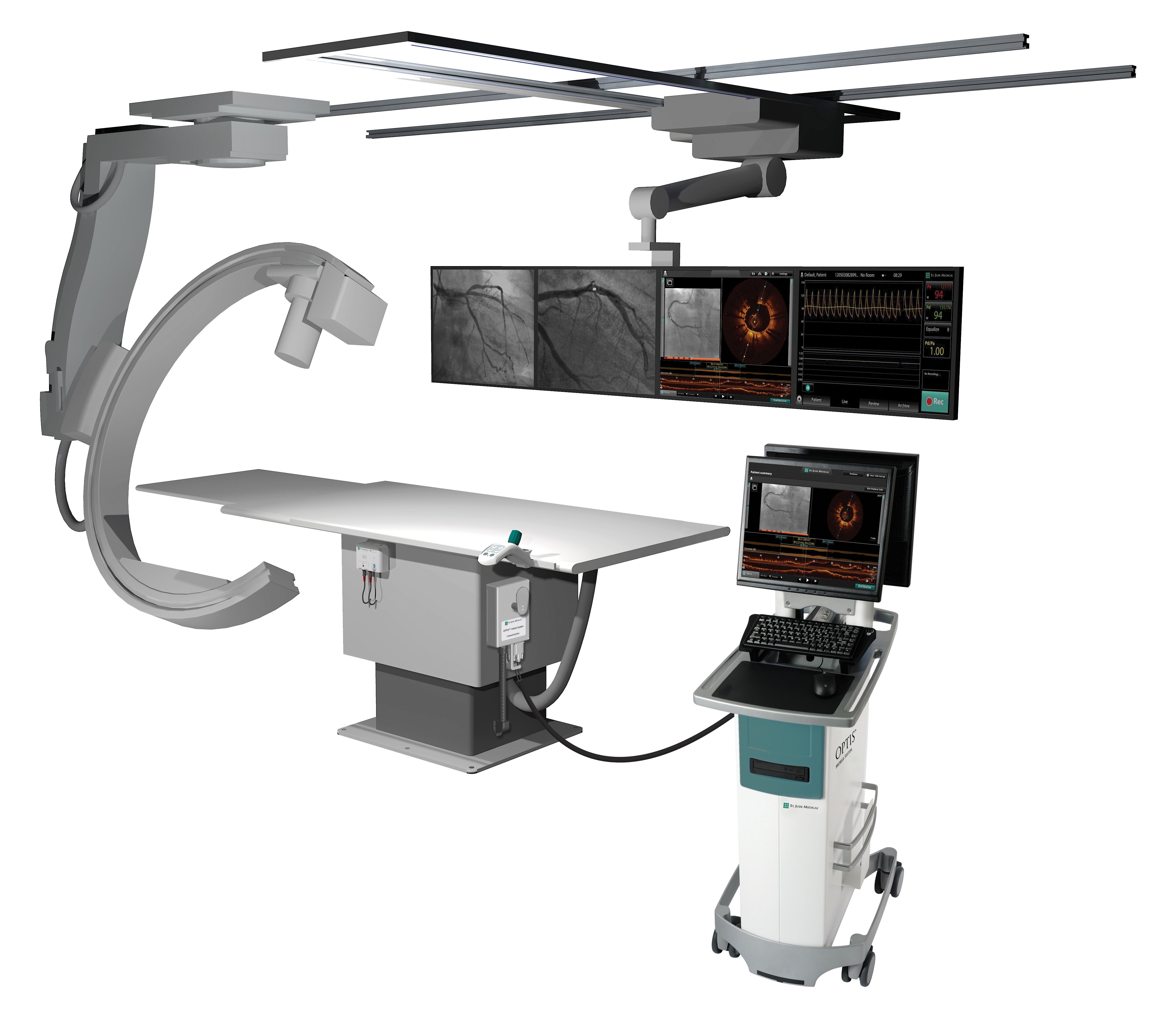Archive for the ‘biotech/medical’ category: Page 2655
Feb 9, 2016
Why don’t we have a vaccine for Zika?
Posted by Genevieve Klien in category: biotech/medical
Interesting. Hope they cure this!
Suresh Mahalingam and Michael Rolph discuss how the development of a Zika vaccine compares with the other mosquito-borne viruses.
Feb 9, 2016
Scientists Found a Way to Control Machines With Your Mind, No Brain Surgery Required
Posted by Shailesh Prasad in categories: biotech/medical, cyborgs, military, neuroscience
The US military is looking for ways to insert microscopic devices into human brains to help folks communicate with machines, like prosthetic limbs, with their minds. And now, DARPA’s saying scientists have found a way to do just that—without ripping open patients’ skulls.
In the DARPA-funded study, researchers at the University of Melbourne have developed a device that could help people use their brains to control machines. These machines might include technology that helps patients control physical disabilities or neurological disorders. The results were published in the journal Nature Biotechnology.
In the study, the team inserted a paperclip-sized object into the motor cortexes of sheep. (That’s the part of the brain that oversees voluntary movement.) The device is a twist on traditional stents, those teeny tiny tubes that surgeons stick in vessels to improve blood flow.
Feb 8, 2016
Nanoparticle therapy that uses LDL and fish oil kills liver cancer cells
Posted by Karen Hurst in categories: biotech/medical, health
Another cancer therapy; healthcare seems to be on a roll.
An experimental nanoparticle therapy that combines low-density lipoproteins (LDL) and fish oil preferentially kills primary liver cancer cells without harming healthy cells, UT Southwestern Medical Center researchers report.
Feb 8, 2016
Cancer moonshot success depends on ditching D.C. rules
Posted by Karen Hurst in category: biotech/medical
If there was ever lifetime commitment & act of love; its remembering those that were robbed from us on a battlefield called “Cancer”.
When we recognized the Ebola emergency, we adapted. Saving cancer victims is just as urgent.
Feb 8, 2016
Teen fighting cancer achieving high-tech dream
Posted by Karen Hurst in categories: biotech/medical, entertainment
Great story; I hope it helps many talented game developers realize what you mean to kids; and especially those children who fight cancer.
A lot of people are coming together right now to help a teenager who is fighting cancer in a local hospital. It’s not just his family or doctors and nurses either. Complete strangers are giving their all to help him accomplish his high-tech dream.
Feb 8, 2016
3D-printed ‘spermbots’ could fix lazy sperm to treat male infertility
Posted by Karen Hurst in categories: 3D printing, biotech/medical, cyborgs

A team of researchers from Germany have developed what could become a revolutionary treatment for male infertility — they build spermbots. The key is a tiny metal helix that attaches to individual sperm cells, allowing them to move more effectively. You can think of it like a prosthetic tail for sperm.
Male fertility issues are usually not related to having an unusually low sperm count, but to having sperm with low motility. That is, they don’t get around very well. Each sperm has a copy of half of a man’s genome in the “head” portion. The tail is actually a flagella with banks of energy-producing mitochondria to power its movement. If either the tail or power source don’t work correctly, a sperm cell will have trouble reaching and fertilizing an egg.
Feb 8, 2016
St. Jude Medical Announces Launch of OPTIS Mobile System in Europe and Japan
Posted by Karen Hurst in category: biotech/medical
Awesome; this will be wonderful for these brave children of St. Jude.
The St. Jude Medical OPTIS Mobile System combines OCT, FFR and angiography to provide hospitals in Europe and Japan with multiple cath labs the technology for more accurate PCI guidance.
St. Jude Medical, Inc.
Feb 8, 2016
Transforming Cancer Treatment With Immunotherapy (TechVision)
Posted by Karen Hurst in category: biotech/medical
Feb 8, 2016
Now, Scientists Can Suture Wounds with Lasers
Posted by Shailesh Prasad in categories: biotech/medical, futurism

A new method of closing wounds has been discovered by researchers from University of St. Andrews and Harvard Medical School.
In the future, your wounds might not be closed by stitches or staples. Instead, they will be fixed with lasers.
Continue reading “Now, Scientists Can Suture Wounds with Lasers” »
















